deepeye.hu
Astronomical Drawings of Peter Kiss
Astronomical Drawings of Peter Kiss




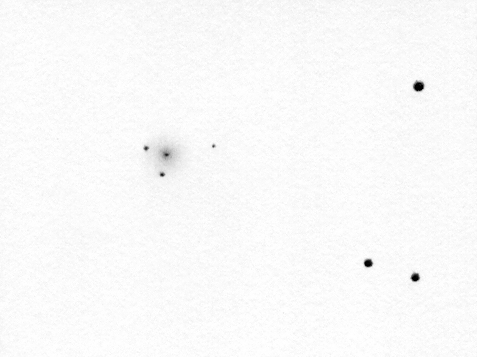
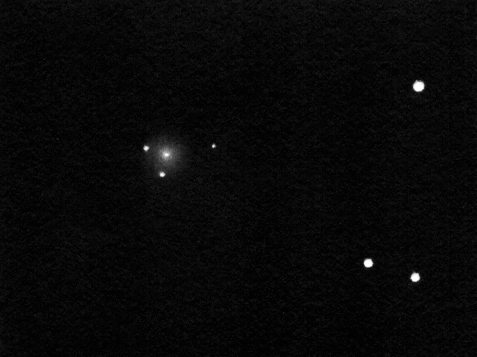
Mayall II a.k.a. G1 is the greatest globular cluster of the Andromeda Galaxy and the whole Local Group as well. It is the most massive and luminous. It is far bigger than Omega Centauri, the behemoth globular of our own Milky Way. It was discovered by Mayall and Egger in 1953 on a plate made with the 48" Palomar Schmidt (Oschin Schmidt) telescope in 1948. It was the first plate made with the legendary telescope.
The eyepiece impression is rather obscure - it is a 13.8m object with an apparent size of about 15". The core is very bright and stellar. The round symmetrical and diffuse halo gets faint very suddenly outwards. The two close stars are around 14.8m and the third one is about 15.8m according to Guide. There is no sign of resolution.
We took a look at Mayall II in Sándor's 24" Dobsonian at the 2016 MCSE meeting / star party at Tarján, Hungary. The sky was not really good. The globular cluster didn't show any details.

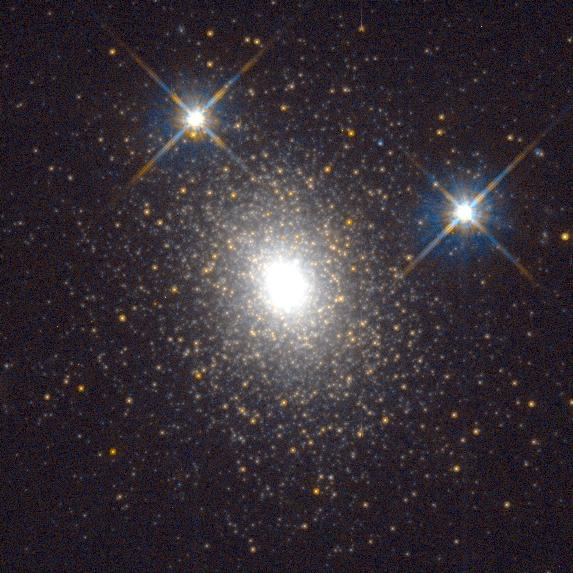
You can see the Hubble Space Telescope (HST) image of Mayall II to the left. I rotataed and cropped my inverted drawing but the photo still depicts a much smaller area (about 30"x30") than my drawing.
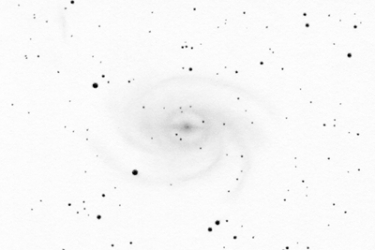
Pavo galaxy
The grand spiral galaxy of Pavo
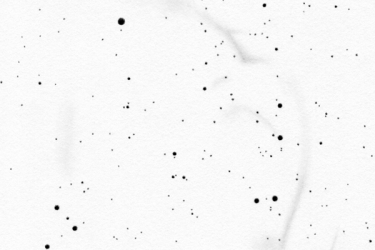
Panorama drawing
Huge and faint supernova remnant in the southern sky
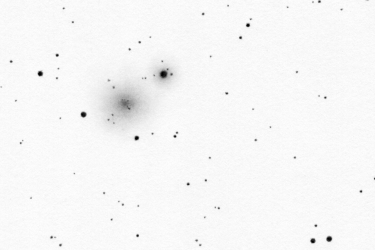
Centaurus globular cluster
The second globular in Centaurus

Apus globular cluster
Globular cluster close to the Southern celestial pole
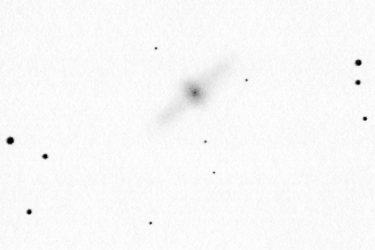
Centaurus galaxy
Polar ring galaxy
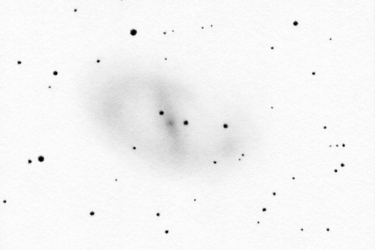
Ara galaxy
Barred spiral galaxy in the thick of the Milky Way